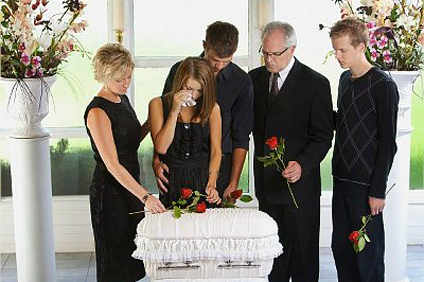A new paper just published in The New England Journal shows — yet again — that homebirth in the US increases the risk of perinatal death. The paper is Planned Out-of-Hospital Birth and Birth Outcomes by Snowden et al.
I’m not surprised. I’ve been saying the same thing for nearly two decades.
[pullquote align=”right” color=”#000000″ ]Interventions are the price we pay to save babies’ lives.[/pullquote]
Let’s start with the take home message first:
Interventions are the price we pay to save babies’ lives.
It’s an inevitable trade off. Reducing interventions increases the number of babies who die. That’s not surprising because obstetrics is fundamentally preventive care. Obstetricians recommend interventions for the express purpose of preventing, diagnosing and managing complications. A woman who chooses to give birth outside the hospital is gambling that her baby won’t need lifesaving interventions. If she guesses wrong, her baby will die. It’s just that simple.
What specifically did the authors find?
They looked at nearly 80,000 “cephalic, singleton, term, nonanomalous deliveries in Oregon in 2012 and 2013.”
They did not look exclusively at home births or at homebirth midwives.
We compared planned hospital births with planned out-of-hospital births (an aggregate group of planned home births and planned birth-center births), including the out-of-hospital-to-hospital transfers.
In other words, they included birth center births and births attended by CNMs (certified nurse midwives) at home or at a birth center as well as homebirths and birth center births attended by CPMs (a second, poorly educated, poorly trained group of lay people who don’t meet international midwifery qualifications).
That’s important because it means that the study isn’t about homebirth but about all births outside the hospital.
What did they find?
Planned out-of-hospital birth was associated with a higher rate of perinatal death than was planned in-hospital birth (3.9 vs. 1.8 deaths per 1000 deliveries, P=0.003; odds ratio after adjustment for maternal characteristics and medical conditions, 2.43; 95% confidence interval [CI], 1.37 to 4.30; adjusted risk difference, 1.52 deaths per 1000 births; 95% CI, 0.51 to 2.54). The odds for neonatal seizure were higher and the odds for admission to a neonatal intensive care unit lower with planned out-of-hospital births than with planned in-hospital birth. Planned out-of-hospital birth was also strongly associated with unassisted vaginal delivery (93.8%, vs. 71.9% with planned in-hospital births; P<0.001) and with decreased odds for obstetrical procedures.
Planned out of hospital birth has a mortality rate 2.4X higher than hospital birth. The increased risk of death at homebirth is undoubtedly much higher. When Judith Rooks, CNM MPH looked at planned homebirth with licensed CPMs in Oregon in 2012, she found a death rate 9X higher than hospital birth.
The authors tell the NYTimes that they soft pedaled the findings:
Dr. Aaron Caughey, a co-author who heads the university’s obstetrics department, said the researchers consciously adopted a nonjudgmental tone so critics would not say that the in-hospital providers were demonizing out-of-hospital births.
Even Melissa Cheyney, CPM (who spent years presiding over Oregon homebirth midwifery and doing everything in her power to deny the increased risk of death) is quoted in the NYTimes article accepting the study’s results.
In truth, the findings are alarming. Although the authors tried to correct for the fact that the out of hospital group was whiter, wealthier and had fewer risk factors than the hospital group, they acknowledge that the hospital group was almost certainly a higher risk group. That means that the real difference in death rates is higher than 2.4X.
Most importantly, the increased risk of death reflects the lack of adequate regulation of out of hospital birth. In Canada and the Netherlands, midwives have the same perinatal death rates in the hospital or at home. If we want to lower the US out of hospital death rate, we need to adopt the same strict criteria for out of hospital birth that they use. We also need to abolish the CPM credential. Our midwifery standards should be in line with those of all other industrialized countries.
The authors of the study noted that the intervention rates outside the hospital were far lower than those in the hospital. The mainstream media appears to be emphasizing this point as well. Yet many if not most of the babies who died at home would NOT have died in the hospital. The central insight is this: interventions are the price we pay to save babies’ lives.
Could we lower intervention rates? Possibly. Could we safely lower them to the rates found at out of hospital birth? No, not unless we are willing to let babies die preventable deaths.
There’s also another critical take home message. American homebirth is and has always been less safe than hospital birth. Homebirth midwives have done everything in their power to hide the truth from American women. It’s not an accident than CPMs have no official safety standards. Safety has never been a priority for them, and the consequences have been — inevitably — dead babies who didn’t have to die.
Thinking about homebirth? Think again.


